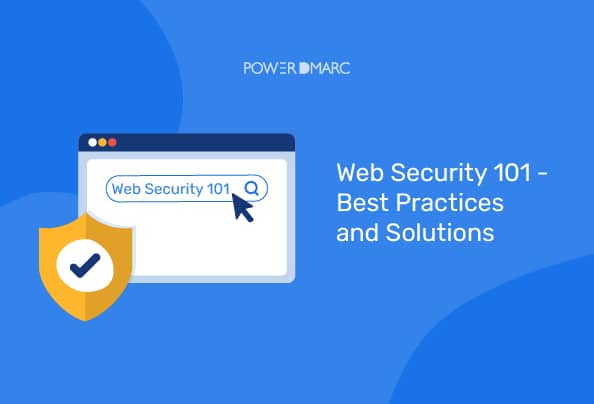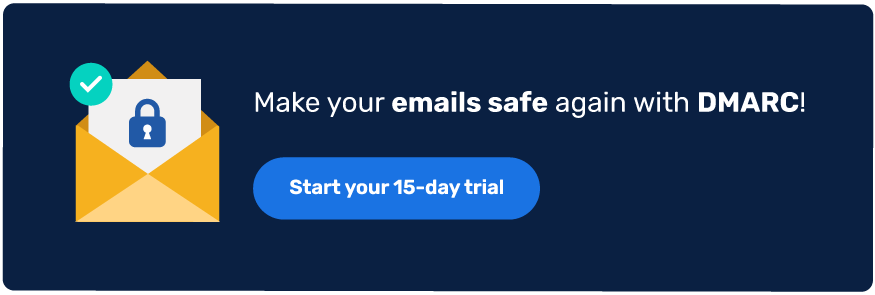
2023-11-29 20:52:32 Author: securityboulevard.com(查看原文) 阅读量:12 收藏

Web security or website security is the practice of safeguarding networks, online communications, hardware and software from being malhandled or used for malicious purposes. In this growing age of cyber threats and vulnerabilities, the main targets are websites. Therefore, a proper focus on website security is necessary. An efficient website can reduce downtime, prevent unauthorized access, and enhance customer satisfaction. However, it is important to use reliable security tools and to implement security best practices.
Let’s delve deep and find out the best practices for securing your website!
What is Web Security?
Web security is an umbrella term for online or internet security, referring to cybersecurity practices when you are using the internet. Website security is a part of web security that is all about protecting the privacy and integrity of a website. The goal of web security is to keep intruders at bay while you are operating online using the internet.
Website security is a broad discipline that safeguards your data and network resources from online threats. When 30,000 to 50,000 websites are hacked daily, web security holds its importance even more.
So, some of the best practices must be implemented in order to protect networks, servers, and computer systems from damage or credential theft.
Web security can be divided into three parts:
- Authentication – ensuring that you are who you say you are.
- Authorization – enabling access by users based on their identity and role in the organization.
- Confidentiality and integrity – protecting information from being tampered with or modified while still allowing it to be accessed by authorized parties.
Importance of Website Security
The importance of website security is paramount. The following are some of the main reasons why:
Data Protection: Protects the information about your customers such as their names, addresses, and credit cards. Your customers will only trust you if they feel secure.
User Trust: Consumers trust brands and companies based on their security. People share personal information online more often if they feel safe. Personal information may be less comfortable on insecure sites.
Prevention of Financial Loss: Ensure that there are no loopholes in your website to allow hackers to gain access to your accounts or steal information from you.
Regulatory Compliance: Keep all the necessary documentation available, such as legal statements, privacy policies, and other documents that are relevant to the business’s operations.
Protection Against Legal Consequences: To ensure that any legal action does not take down your website, it is important to have a proper security setup. This ensures that there are no loopholes for hackers to exploit and take down your site through legal means.
Business Reputation: Ensuring that your website has excellent protection against hackers and other malicious activities will help improve your business reputation as well as increase sales!
Advanced Measures and Solutions for Website Security
Your website is only as secure as the weakest link, so it’s important to keep an eye on your assets. The easiest and most cost-effective way to do this is through regular security audits and penetration testing.
Implement Strict Content Security Policies (CSP)
Strict CSP is a security feature that can be used to prevent Cross-Site Scripting (XSS) attacks. It checks the source of scripts and if it does not match, it will not execute them.
Enable HTTP Strict Transport Security (HSTS)
HTTP Strict Transport Security (HSTS) is a security policy mechanism that allows websites to declare their support for HTTPS on any web pages served from that domain. The browser will only consider sites that are served with HTTPS as secure, even when they were not explicitly requested via a HTTPS connection.
This allows users to have a more secure browsing experience and prevents opportunistic attackers from gaining access to the user’s information.
Regular Security Audits and Penetration Testing
Conducting regular cybersecurity audits allows you to identify and fix any problems that could lead to hackers gaining unauthorized access to your site. You can also use these tests to find out how vulnerable your site is to various attacks, such as SQL injection, cross-site scripting (XSS), or other types of malware.
Deploy Web Application Firewalls (WAFs)
Web Application Firewalls (WAFs) are specifically designed to stop malicious code from entering your website by analyzing requests before they reach the application layer. This helps prevent hackers from gaining unauthorized access by intercepting malicious requests before they reach the server.
Utilize Subresource Integrity (SRI) for External Scripts
Incorporate SRI (Subresource Integrity) into your web pages using the HTTP header X-Frame-Options. This will tell the browser what to do with any external resources that you embed into your website, such as third-party scripts and images. The browser will only render these resources if the content is not modified during the life cycle of the request.
Apply Security Headers (X-Frame-Options, X-XSS-Protection)
Apply an X-Frame-Options HTTP header to all frames in all browsers except for Safari and Chrome on iOS 8 or lower. This will prevent cross-site iframes from executing on your site by default.
Implement DNS Security (DNSSEC)
DNSSEC are DNS Security extensions that provide a way to secure data exchanged in the domain name system (DNS) from being compromised. The DNS is the structure that converts human-friendly names into IP addresses, which can be read by machines to determine your location on the internet.
If someone were to break into the DNS and change the IP address, they would be able to gain access to all of your information and resources. DNSSEC helps to make sure that only authorized parties can modify records in DNS.
Utilize Security-focused Content Delivery Networks (CDNs)
A CDN is a network of servers that load content from different locations in order to improve performance and reduce load times for users. Google has built-in support for SSL and DNSSEC, so you can easily enable protection on your site by using a CDN.
Utilize Security Information and Event Management (SIEM) Systems
There are many different types of SIEM systems out there. Still, the most common one is a software-based solution that monitors network activity and alerts administrators when something goes wrong. SIEM systems also log data from endpoints, including web server logs, application logs, and network traffic.
Security monitoring is key to protecting against an attacker’s attempt to break into your system. It can help identify vulnerabilities in your network architecture or policies that are allowing unauthorized access to your network.
Final Words
Web security and website security is a very important consideration that doesn’t just apply to large corporations. Several studies show that mistakes are commonly made by individuals as well as small to mid-sized businesses, and many of those mistakes can simply be avoided with the right knowledge.
On investing in good web security and website security measures, you position yourself as a responsible organization and individual who has proactive mindset when it comes to dealing with real-time threats. It only you provides you with the peace of mind required to have a good night’s sleep – it also lets you walk away with a more secure online interface.

*** This is a Security Bloggers Network syndicated blog from PowerDMARC authored by Ahona Rudra. Read the original post at: https://powerdmarc.com/web-security-website-security-explained/
如有侵权请联系:admin#unsafe.sh
